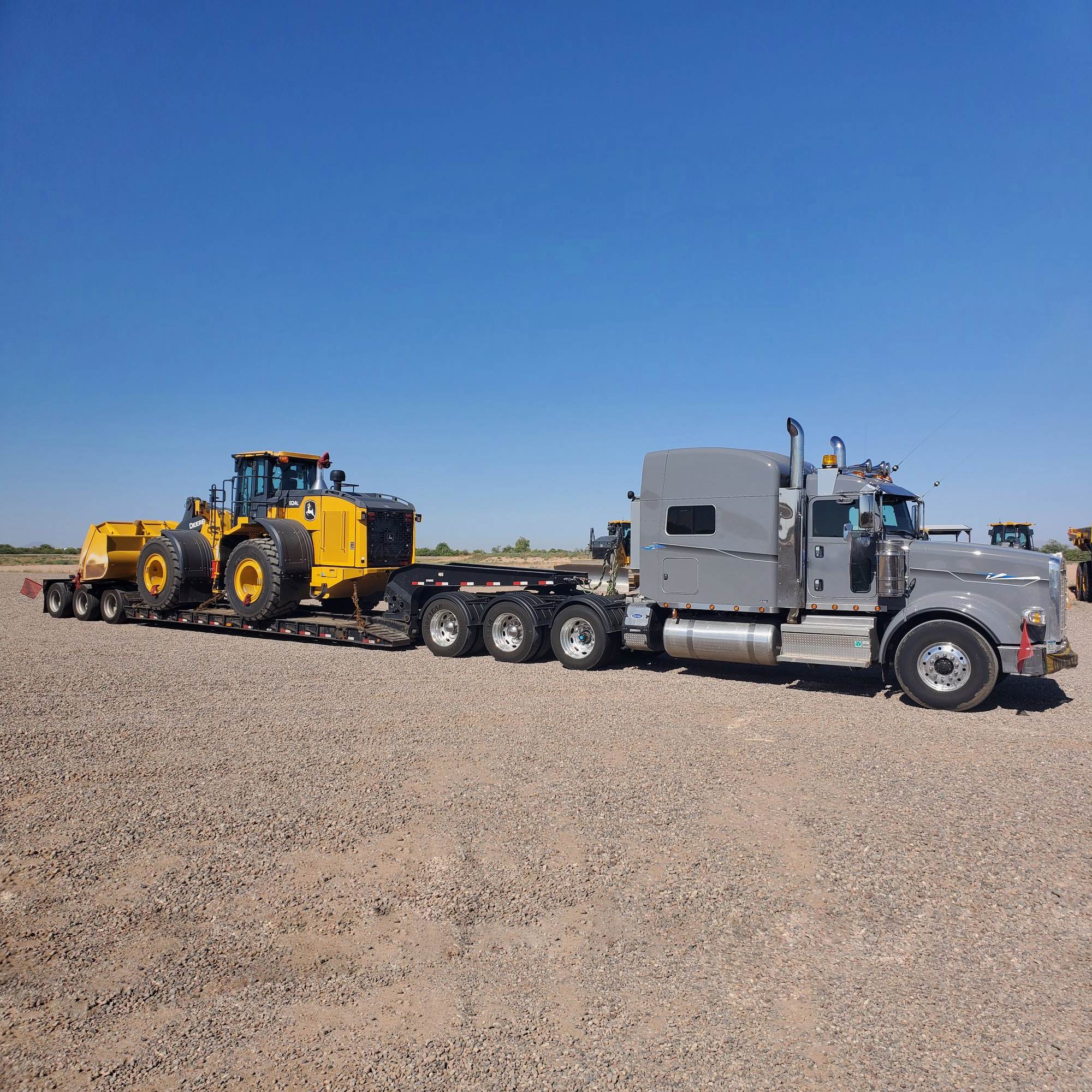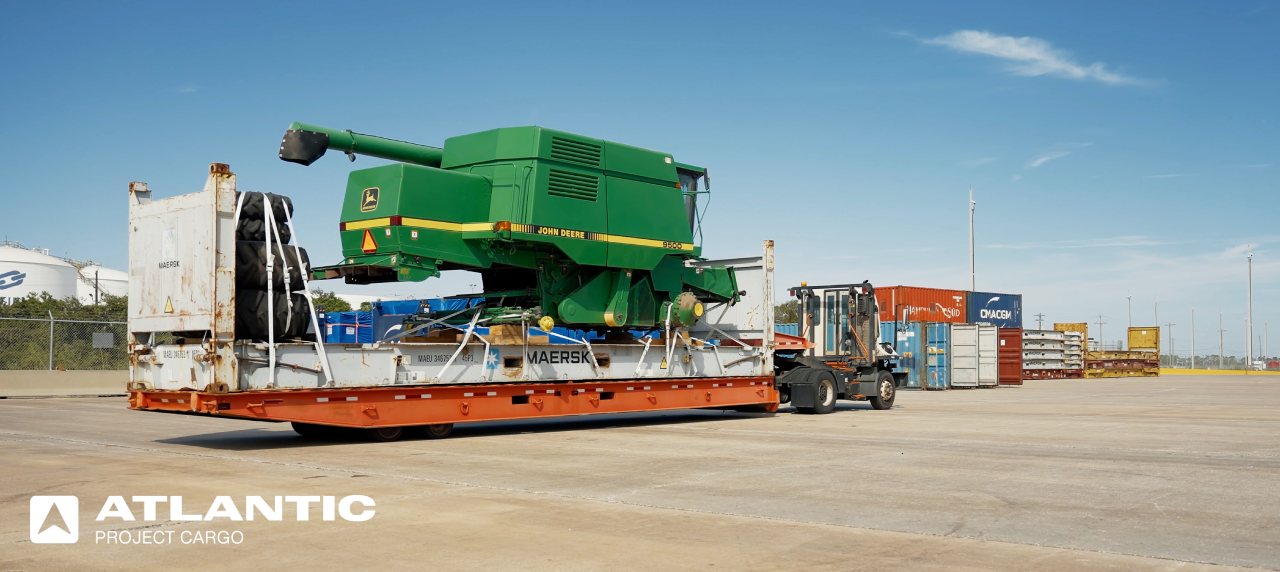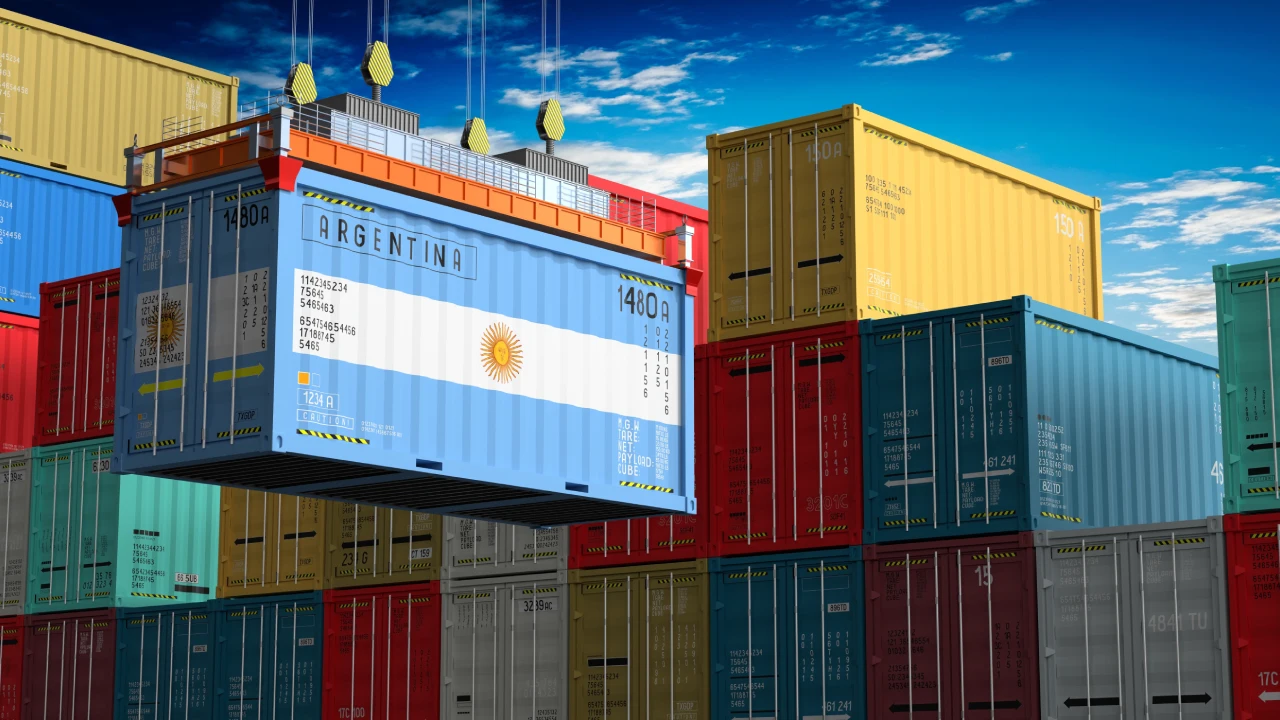
Transporting large and heavy items is a complicated process involving many factors influencing the total price. This article explores these factors so you can understand how shipping prices are determined. You will also learn the average heavy equipment transport rates and tips on how to save on transportation.
Moving heavy machinery is not something you should try to do by yourself. It is always a good idea to contact a reliable transport company like Atlantic Project Cargo to handle your equipment. We provide safe, efficient, and cost-effective solutions for transporting oversized machinery to its destination. Get your heavy equipment shipping quote right now!

Why Do I Need Heavy Machinery Transport Services?
Some of the most commonly moved machines include:
Many of these machines are very large and heavy, which makes moving them challenging and time-consuming. If you are going to move oversized vehicles from one place to another, within your country or overseas, you will need specialized freight services.
Working with reliable logistics companies that can help you with this process is always a good idea. These companies have the experience and services necessary to transport heavy equipment safely. That is why it is best to contact Atlantic Project Cargo and get a free transportation quote.
How Heavy Equipment Hauling Rates are Shaped
Heavy equipment hauling cost per mile depends on economic trends, political developments, external market conditions, and more. Here’s how each factor can shape the per-mile rate.
Economic Trends
- Fuel prices
Fuel costs are one of the largest contributors to hauling rates. When fuel prices rise, carriers may add a fuel surcharge to offset costs. For example, if diesel prices increase by $1/gallon, the per-mile rate may rise by 10–20% - Inflation
Rising costs of labor, equipment, and maintenance due to inflation increase operating costs, which directly impact rates
Political Conditions
- Government policies and tariffs
Import tariffs and trade restrictions can impact the flow of goods and raw materials, affecting demand for oversized vehicle hauling - Regulatory compliance
Strict regulations on emissions, safety, and driver hours increase costs for logistics companies - Permits and fees
Oversized loads often require permits, which vary by state or region. Political decisions can influence the cost and complexity of obtaining these permits - Geopolitical instability
Conflicts or sanctions affecting oil-producing regions can lead to fuel price volatility, indirectly increasing per-mile rates
External Market Conditions
- Infrastructure quality
Poor road conditions or inadequate infrastructure in certain regions can increase transit times and operational costs, affecting rates - Weather events
Natural disasters like hurricanes or snowstorms disrupt supply chains and increase rates due to reduced capacity
Factors Affecting Heavy Equipment Shipping Costs

Here is the list of key factors that may affect heavy machinery shipping costs.
Weight and Dimensions
The size and weight of your machine play a big role in determining the shipping cost. Larger and heavier cargo need more effort to load and unload, and they may require special trucks or trailers to transport them. This can increase the overall cost.
Destination
How far you need to ship your cargo is another key factor. Are you moving it across the country or sending it overseas? Knowing the distance will help you understand the freight rates, which often charge a set amount per mile.
Shipping Method
The way you choose to ship your machine matters. Road transport is usually the easiest option, but it might not be the cheapest for long distances or very heavy items.
Rail transport can be more affordable for long hauls, while sea transport is best for international transportation. Air freight is the fastest but also the most expensive. Each method of oversize load shipping has its pros and cons.
Seasonal Demand
The time of year can significantly affect transport pricing. During busy seasons, like holidays or summer, a lot of people people want to ship items, which can drive prices up.
If you plan your shipment during off-peak times, you will save money.
Insurance and Safety Measures
Insurance is essential when transporting valuable cargo. The cost of insurance will depend on the goods’ value and the risks involved in transportation. Following safety rules and securing the equipment properly also adds to the costs, but they are necessary for a safe shipment.
Additional Services
Oversized vehicles often require extra services, such as packaging, loading, and securing. These services add to the transportation costs.
Additionally, logistics companies may need special permits to transport machinery legally across states or internationally.
Should I Use a Heavy Equipment Shipping Cost Calculator?
A heavy equipment shipping calculator cannot take into account additional factors that may have a direct impact on the pricing. Although it does seem a good idea to use if you need an approximate cost, speaking to our company representative is the best option.
Also, you can use our customs calculator to instantly estimate the costs associated with your import or export shipment.
Tips to Save on Shipping Costs for Heavy Machinery
The following smart tips will help you save money on shipping heavy vehicles:
- Disassemble When Possible
Breaking down your equipment into smaller parts can reduce costs. Disassembled components take up less space, allowing them to fit into fewer containers, which makes transport faster and cheaper. - Consolidate Shipments
If you have multiple items to transport, consider consolidating them into one shipment. Combining cargo can reduce overall costs by maximizing container or vehicle capacity. - Choose the Right Loading Method
Research different loading methods to find the most efficient option for your machine. The right method will help distribute the weight evenly and reduce potential damage or extra fees. - Plan Your Route
Shipping costs, including heavy haul rates per mile, can vary based on your drop-off location. Delivering to busy, congested areas often comes with higher fees, while rural or less crowded locations are usually cheaper. Choose shorter, less congested routes whenever possible to minimize expenses. - Schedule Ahead
Planning your shipment well in advance can save you money. Booking early helps you avoid rush fees and gives you the flexibility to choose cost-effective shipping solutions.
Conclusion
Understanding the factors that affect the cost of transporting heavy vehicles is important for efficient shipping. By considering freight cost factors like distance, heavy equipment specs, transportation method, and season you can make informed decisions that balance cost with efficiency, ensuring safe and cost-effective cargo delivery.
The freight forwarder Atlantic Project Cargo can assist you with heavy machinery transport. Our transport specialists can estimate equipment shipping cost and give you all the necessary details. Contact us and get your free quote.
Read More



